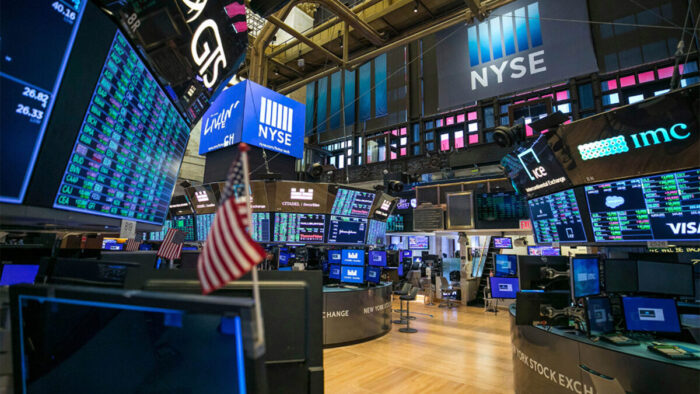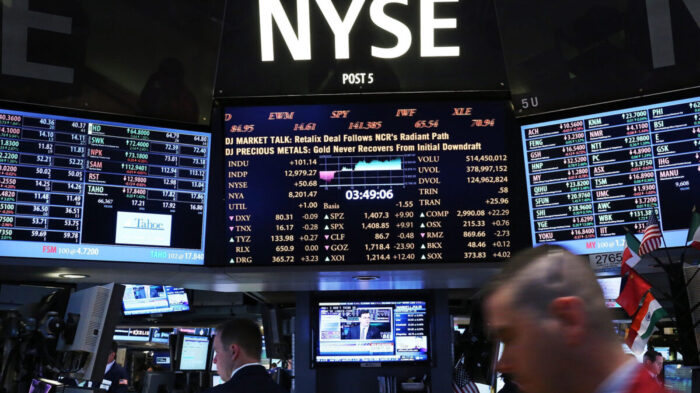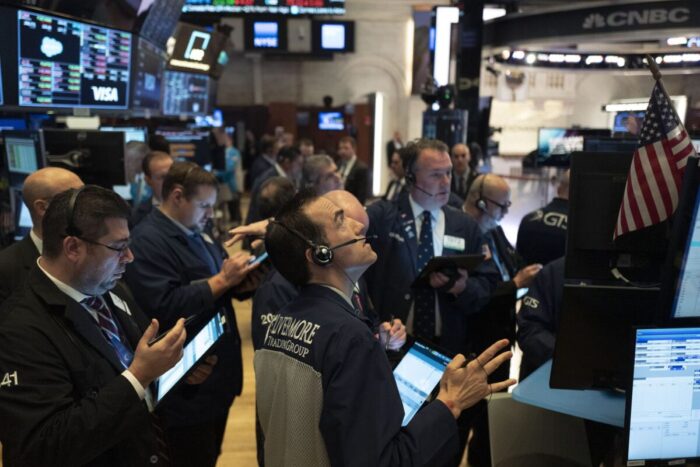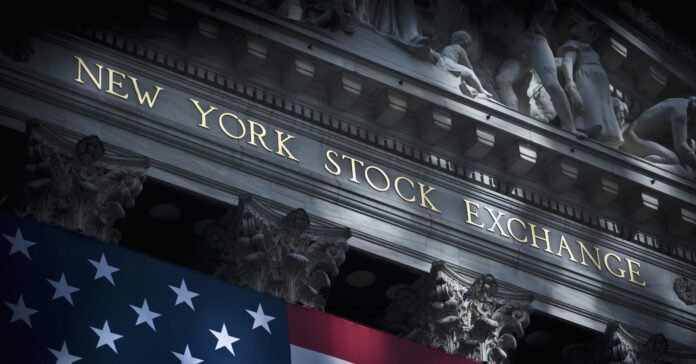It is hard to think of the stock market without mentioning the New York Stock Exchange (NYSE). That is because significant stocks were on the list of the NYSE or the Nasdaq. When did precisely U.S. stocks and many others get connected to the NYSE, and how did the most popular stock exchange come to life?
According to FinanceBrokerage, from the beginning of trading in Venice, over the Netherlands to India, and finally to New York, we will see how the U.S. stock exchange thrived even without trading.
Pardon sir, sugar or stocks?
Merchants were trading goods in Venice, business people in Antwerp wanted to have proof of what they owned together with other companies. The shares in East India (the British one), were also issued on paper at the time. This meant that stock exchange didn’t exist yet, but investors had the right to sell the documents to others. It was hard to track a third party (a broker) to make the trade. In England, most traders and investors would simply do their business in coffee shops. Everything from debts issues to shares for sale was written down and posted on shop doors. They would often send it as mail, as well.
Although this type of trade was pretty straightforward, it marked the starting steps of what would later become a stock exchange. We needed to mention this as a brief insight into the topic and to see where it all started. It will help you understand later on why the US stock exchange is what it is today.

A government monopoly
The British East India Company had a significant problem at the time, and that was a government-backed monopoly. The investors began selling their shares for other riches, so naturally, others wanted a piece of the action.
The growing financial boom in England came suddenly, so there was no time to make proper rules or regulations regarding issuing shares. The South Seas Company (SSC) also appeared with a similar approach from the king and its shares and the numerous re-issues.
Inevitably, the optimism faded when the SSC failed to pay dividends on its modest profits. It accentuated the difference between new share issues and the British East India Company. The crash caused the government to ban the issuing of shares until 1892.
The Beginning of the New York Stock Exchange
Again, we have to start with London, where the first stock exchange was formed in 1773 (LSE). London still had problems regulating their business because of restrictive laws, but the U.S. had the upper hand in that department. Even though the first U.S. stocks came to life through the Philadelphia Stock Exchange, they didn’t last. Soon enough, NYSE became a dominant stock exchange market, 19 years after forming the LSE.
The New York Stock Exchange settled on Wall Street thanks to ambitious and driven brokers at the time. The location is crucial to this day, and Wall Street helped NYSE gain dominance on the market. All major business trades were coming and going from the United States for almost the entirety of banks and corporations. Of course, NYSE was capable of setting requirements and fees, which made them a wealthy institution as they are.
The New York Stock Exchange continued its work without major competitors for almost two hundred years. The American economy was thriving, and US stocks became the most important in the world. The NYSE had ups and downs like any other business, but the enormous damage was during the Great Depression and 1920 bombing of Wall Street. People believe it was an act of anarchists. After that, NYSE introduced stricter reporting requirements and listing.

NYSE Competitors coming strong
For Europe, London was the first exchange, but many companies wanted to be listed in New York. Countries who developed their stocks were Germany, France, Switzerland, Hong Kong, and many more. For them, NYSE and U.S. stocks were stable ground until they were ready to go to the LSE, and then back to the NYSE when they got stronger. These international exchanges were sensitive, even dangerous moves because of very few listing rules and weak government regulation.
NYSE was still the most powerful stock exchange, both domestically and internationally. Even today, this stock exchange is the most important in the world, with the world economy depending on it.
However, things aren’t going smoothing for the NYSE and they are not alone in the market.
In 1971, however, a challenge appeared.
Nasdaq, nice to meet you
The Nasdaq became thanks to FINRA (the Financial Industry Regulatory Authority), or the National Association of Securities Dealers when forming the Nasdaq. This has been quite a breakthrough since it was a network, and trades were executed electronically.
It was a game-changer in the industry among traders and a more efficient way of doing business. The competition from Nasdaq had forced the NYSE to rethink their way of work, and they did it by merging with Euronext. This was the first across-Atlantic exchange, and it lasted until Euronext became an independent corporation in 2014.

What the future holds
The Nasdaq indeed has more companies on their list. However, according to FinanceBrokerage, the NYSE is still the primary home for most U.S. companies and is still the largest and the most powerful stock exchange. They are even stronger than Nasdaq and other larger markets combined.
So, with that power as their advantage, it is estimated that the NYSE will be the leader in the future. However, this doesn’t mean that it will not face the challenges like they did in the 1970s. While being at the top, the other smaller stock exchanges will keep appearing and some will even become their competition.
But nobody will manage to get as powerful and that is the fact.
Yes, worldwide stock exchanges are expanding day by day, but it’s hard to imagine the NYSE going down after such a strong base and history.





![Calgary’s Hottest Neighborhoods for Luxury Homebuyers [2024]](https://thewashingtonote.com/wp-content/uploads/2024/04/Calgary-324x160.png)



